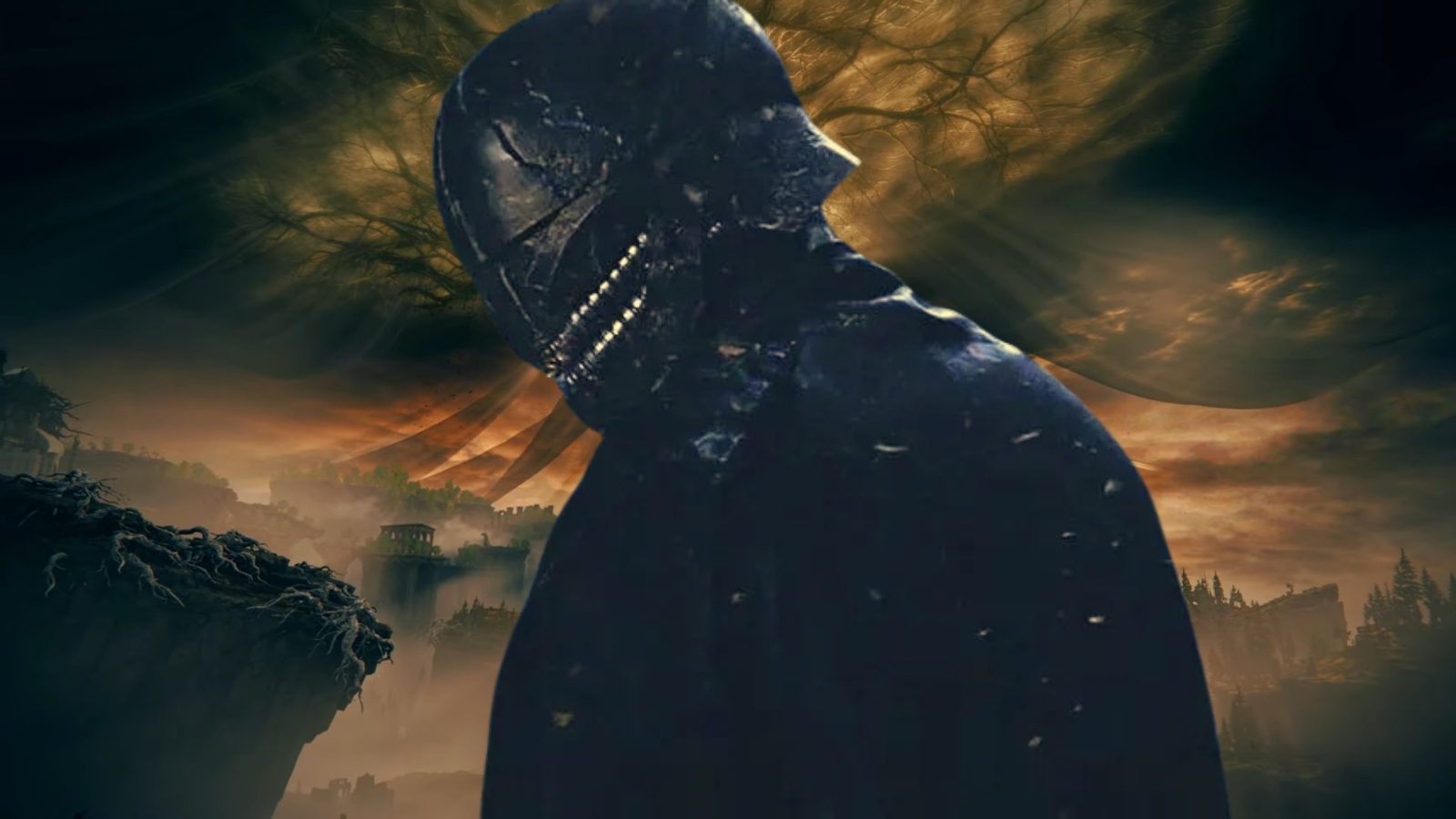The critically panned Star Wars series, “The Acolyte,” might have missed the mark for some viewers, but it turns out its creation was heavily influenced by an unexpected source: the popular video game Elden Ring. Showrunner Leslye Headland, a self-proclaimed fan of the open-world RPG, revealed in a recent interview how Elden Ring directly inspired the design of the series’ main villain, Qimir, and even her approach to boss battles.

A Villain Inspired by Elden Ring’s “Crazy Fing People” *
Qimir, the antagonist of “The Acolyte,” stands out for his unorthodox attire – a stark contrast to the typically armored Sith Lords of the Star Wars universe. This choice, according to Headland, was a direct result of her experience playing Elden Ring.
“We were like, ‘We need to put him in something loose.’ As soon as I suggested not having armor for him at all, everyone went crazy. I was like, ‘Why would he need armor if no one can hit him?’ It’s like the outfit in Elden Ring. The Elden Style. When you summon other players to help, they’re always naked. They’re just crazy f*ing people,” Headland stated in the interview.
Here, Headland references a phenomenon commonly observed in Elden Ring’s online multiplayer mode. Players often forgo armor in favor of mobility and damage potential, creating a seemingly contradictory scene: powerful warriors facing formidable foes while clad in minimal clothing. Headland found this boldness and disregard for conventional strategy inspiring, applying it to Qimir’s character design. This unexpected connection between a video game and a Star Wars series highlights the diverse influences that can shape creative endeavors.
Beyond Visual Inspiration: Headland’s Elden Ring Boss Battle Tips
Headland’s Elden Ring influence extends beyond character design. She further surprised fans by sharing her strategy for defeating bosses in the game:
“You have to be aggressive, especially with bosses. You can’t keep your distance and roll around all the time. You have to be aggressive and push all the time.”
This advice goes against common RPG tactics, where players often rely on dodging and defense to wear down enemies. However, Elden Ring’s bosses often punish passive approaches, rewarding a more aggressive style of play. Headland’s experience with the game highlights how a video game’s mechanics can influence real-world strategies, even when applied to entirely different contexts like television production.
The Acolyte’s Reception and the Legacy of Elden Ring’s Influence
While “The Acolyte” ultimately wasn’t met with critical acclaim, Headland’s openness about her creative process and the unexpected influence of Elden Ring generated significant online buzz. This discussion underscores the interconnectedness of popular culture, where elements from one medium can inspire and shape another. Elden Ring’s impact on “The Acolyte” may be a unique case, but it serves as a reminder of the potential for video games to leave their mark on other forms of entertainment.
The Future of Video Game Influence on Storytelling
Headland’s experience with Elden Ring raises questions about the future of video games’ influence on storytelling. As video games become more narratively complex and immersive, their potential to inspire creators working in other media is likely to grow. This could lead to a future where cross-pollination between video games and other forms of entertainment becomes more commonplace, creating a richer and more diverse storytelling landscape.




